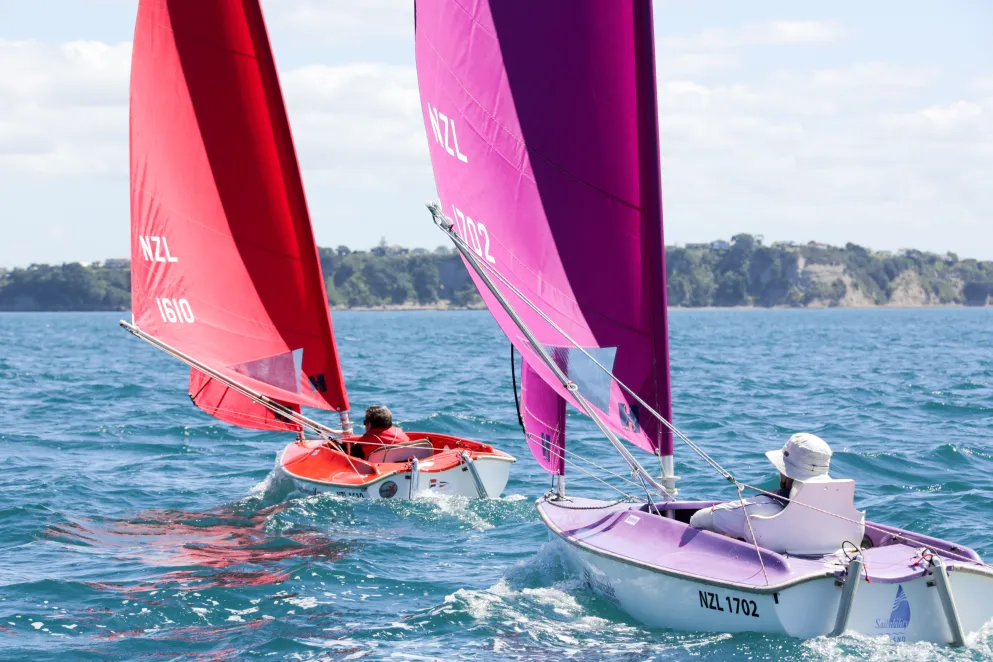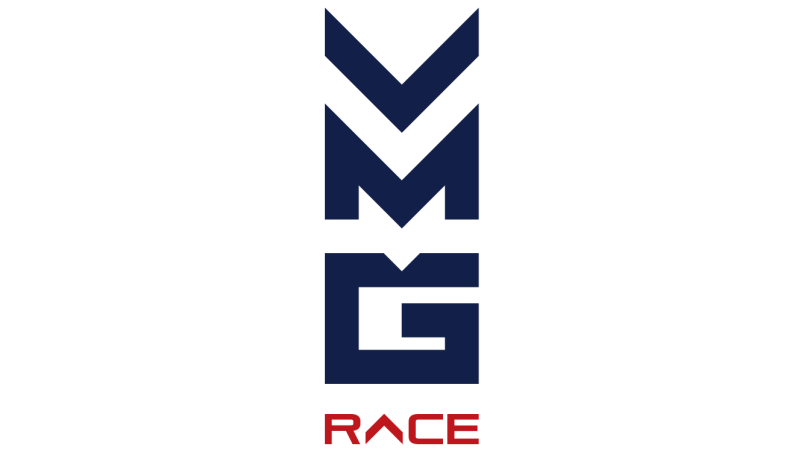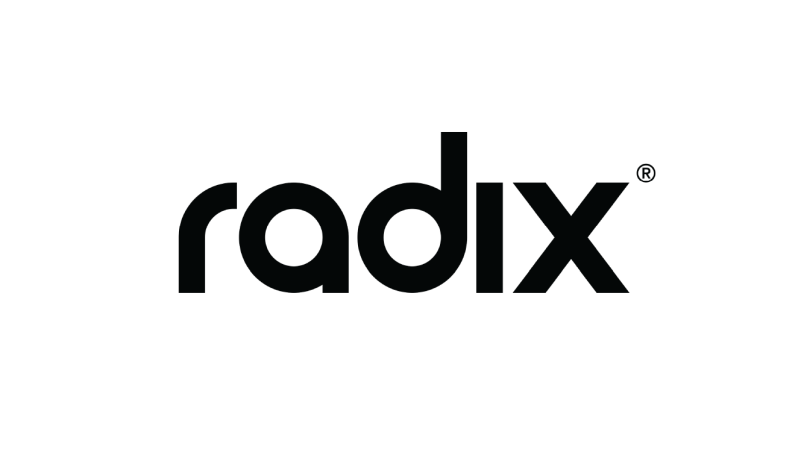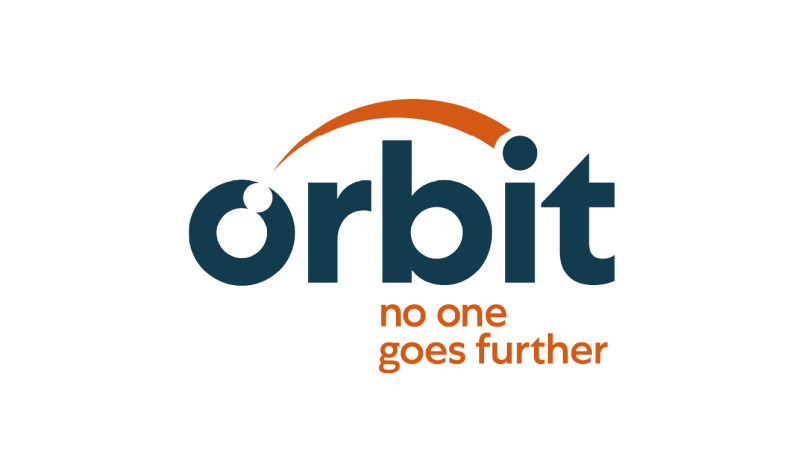This page contains information for sailors with a disability who are competing at national level and higher.
There are a number of high level events for para sailors to compete at on the world stage, including the:
World Sailing Inclusion World Championships https://www.sailing.org/world-sailing-inclusion-championships/
Para World Sailing Championships
World Cup Series - World Sailing
Class world championships
Blind Fleet Racing World Championships
Blind Match Racing World Championships
There is also national level competition in New Zealand.
Check out the New Zealand Regatta Calendar here: https://www.yachtingnz.org.nz/racing/regatta-calendar
Classification
Currently, New Zealand has one classifier, Helen McKenzie, who holds chief national classifier status and is a World Sailing international classifier. To reach Helen with any questions, contact the Yachting New Zealand office.
Sailors wishing to complete at international events, such as those listed above, will need to obtain a classification. Sailors are allocated a classification on the point’s range of 1–7, where a 1 has the most limited functional ability and 7 has the highest level of functional ability. Sailors will not be penalised for good performance due to training.
Classifications are valid for a Paralympic quadrennium, and can be national or international, depending on the level and number of classifiers performing the classification.
For the latest list of NZL-classified sailors, refer to the master list on the World Sailing website.
The purpose of the classification system is to measure the sailor’s ability, in order to:
Enable fair and equitable competition at all levels, for mildly, moderately and severely disabled sailors;
In some formats, encourage crews of mixed disability, from mild to severe, to compete together and complement each other;
Only measure functional limitations caused by physical disability;
Not be affected by the sailing skills, training or talent of the participant.
The main functions of sailing are:
Operating the control lines and the tiller (hand function);
Ability to see while racing (vision);
Compensation for the movement of the boat (stability).
Ability to move about in the boat (mobility).
These functions are evaluated by any one or combination of:
A physical examination; (functional anatomical test – FA);
Observation of standardised simulated sailing functions; (functional dock test – FD);
Observation of the sailor during competition and/or training and/or out of competition (sailing test – FS).
Blind sailing classification
Blind sailing events have a different classification system on a scale of B1, B2 or B3. Under this system, B1, B2 and B3 sailors currently race in three separate divisions, according to the vision classification of the helmsman.
B1 - Total absence of perception of light in both eyes, or some perception of the light but with the inability to recognise the form of a hand at any distance and in any direction. In IFDS classification, a B1 sailor is often scored a 3.
B2 - From the ability to recognise the form of a hand to a visual acuity of 2/60 and/or visual field of less than 5 degrees. In IFDS classification, a B2 sailor is often scored a 5.
B3 - From a visual acuity of above 2/60 to a visual acuity of 6/60 and/or a visual field of more than 5 degrees and less than 20 degrees. In IFDS classification, a B3 sailor is often scored a 7.
How does a sailor get classified?
Once a sailor has begun competing in regattas, and is considering competing in the higher levels of competition, it is recommended that they apply to Yachting New Zealand for classification.
Yachting New Zealand will communicate when classification opportunities are available.
Submit an application for classification and a medical diagnostics form for vision impairment (if applicable) to Yachting New Zealand. Classification will cost $25 (subject to change). Click here to download the application forms.
Yachting New Zealand will allocate a time slot of approximately 40 minutes duration for you to attend your classification. Three days ahead of time, Yachting New Zealand will send you a confirmation document with what to expect, what to bring etc. You may be required to do a dock test, or be observed on the water after the land-based classification.
After you have attended your classification session, Yachting New Zealand will notify you of your national classification status which is valid until 2020.
When you attend your first World Sailing event where classification is offered, you may be required to complete an international classification. At this stage, you will be assessed by multiple international classifiers from more than one country and recorded by World Sailing.
What do classifiers do?
Classifications are issued by a classifier, who undertakes the assessment. The role of classifiers is to act as impartial evaluators in determining an athlete’s sport class and sport class status. A classifier should be a qualified medical practitioner, a qualified physiotherapist or appropriately qualified allied health professional, have sailing experience, and be familiar with the different boats used in para competition.
They may be national, chief national, trainee international, level 1 (junior) international, level 2 (senior) international or head of classification.
The head of classification appoints a chief classifier and a classification panel for an event.
What is required to carry out classification at events:
A private room suitably equipped for interviewing and assessing applicants (usually the day before a regatta starts).
A safety boat and driver for the duration of a regatta for on-water assessments.
Inclusion/recognition as officials for access to facilities (ie computers, copiers), transport transfers, accommodation, lunches etc.













